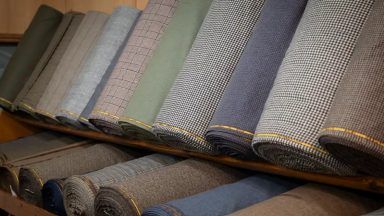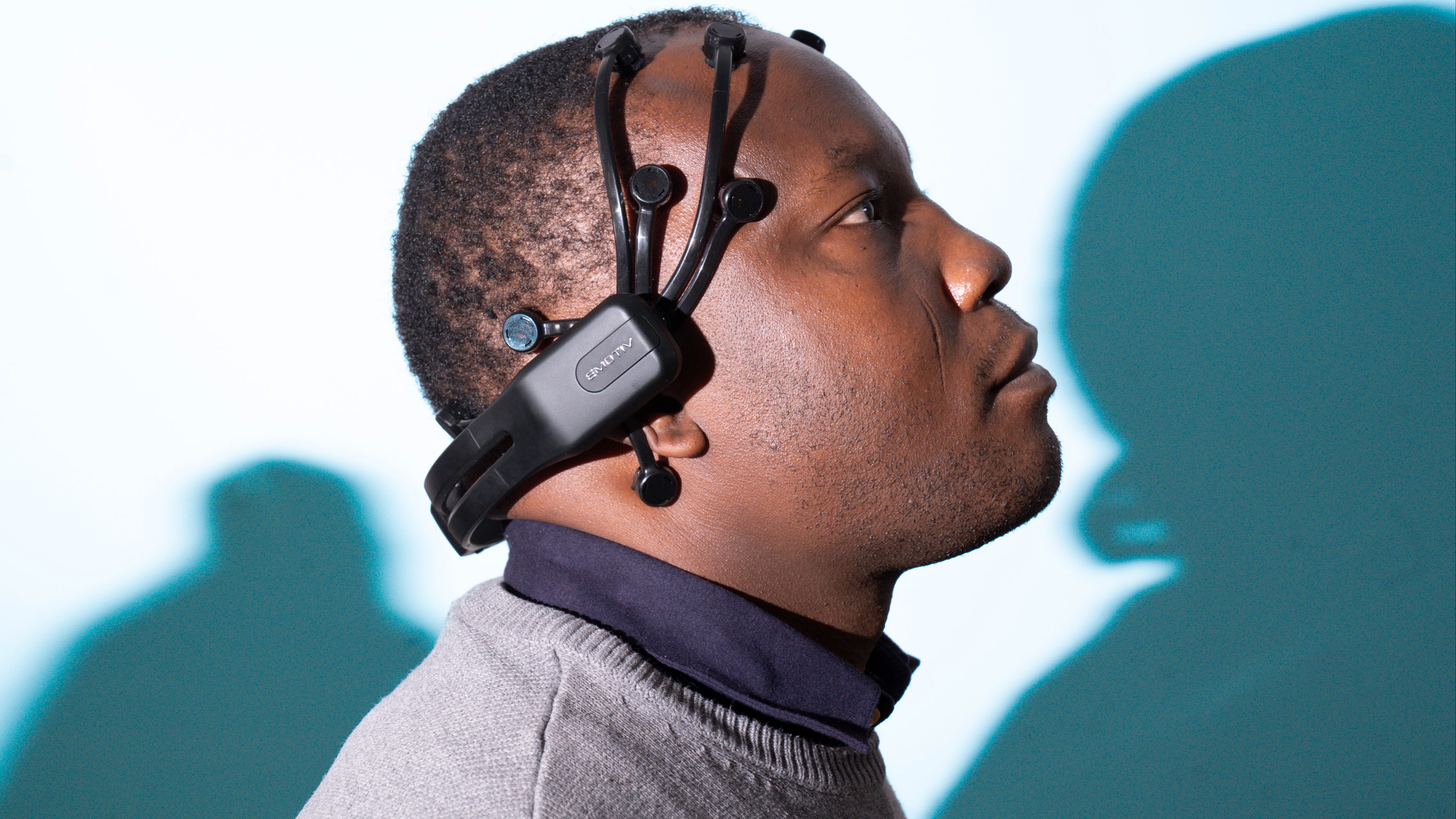Long, curly hair and loose clothing can significantly reduce the performance of athletes taking part in long jump and 100-metre sprints, research has found.
In both events, the difference is enough to lose out on a gold medal, according to a research team including aerospace engineers at Heriot-Watt University in Edinburgh.
Ahead of the Paris 2024 Olympics, the aerodynamics scientists behind the research suggest the introduction of hair caps and low-drag clothing could “level the playing field” in each sport.
They also recommended using wind tunnels to test athletes’ clothing for both events.
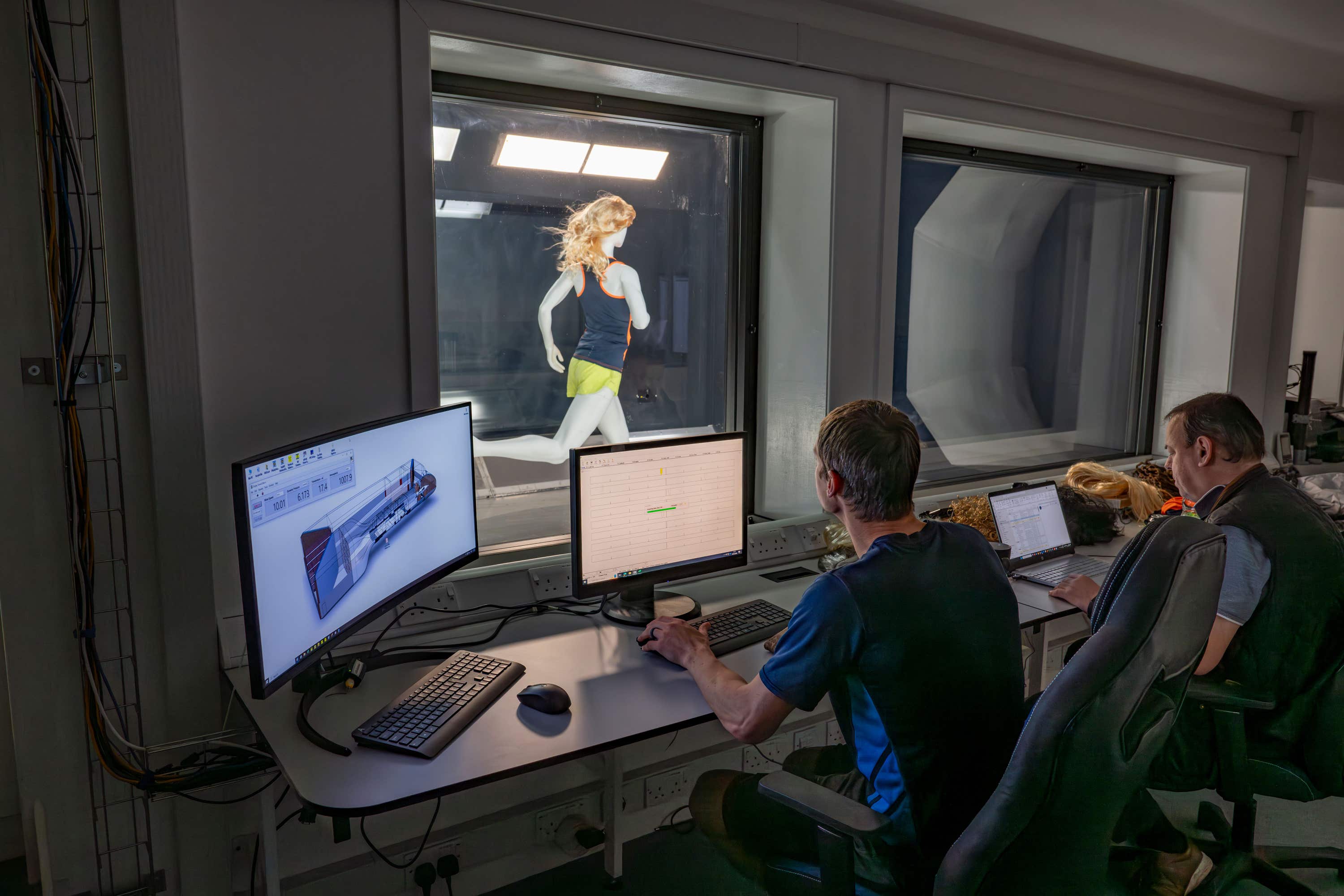 Heriot-Watt
Heriot-WattAlongside KU Leuven university in Belgium, and the US software company Ansys, the team studied the aerodynamics of 10 different hairstyles and 20 different clothing styles in the long jump and 100 metres.
While the research only focused on women athletes, the findings could also apply to men with longer hair.
In the long jump, the researchers found long, curly hair and loose-fitting clothing can cut up to 10 centimetres off a jump distance.
In the 100-metre sprint, the same combination can cut up to 0.07 seconds off the finish time.
Aerodynamics expert Professor Bert Blocken, at Heriot-Watt University, said: “There’s a surprising misconception that persists up to the present day among some athletes and their coaches that aerodynamic resistance would not be significant in track and field events.
“This is compared to faster sports such as cycling, speed skating and skiing – where the impact of clothing and even hairstyle has been firmly established over the past decades.
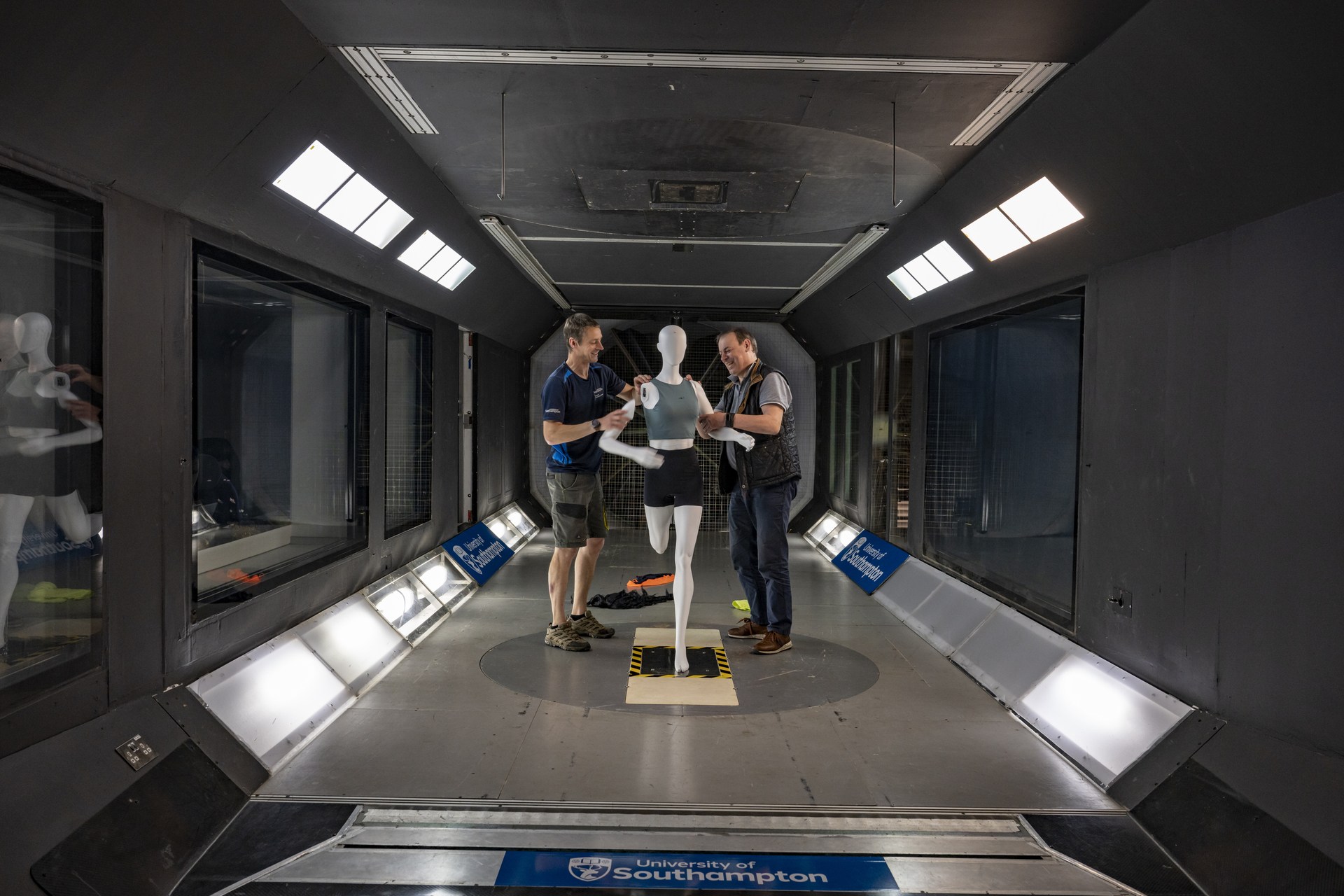 Heriot-Watt
Heriot-Watt“But our research shows this opinion is fundamentally wrong and that hairstyle and clothing can cause significant drag in long jump and 100 metres sprint events.
“In both events, the impact on performance is enough to lose out on a gold medal.”
The researchers used plastic, life-sized mannequins in a wind tunnel, combined with numerical calculations and computer fluid dynamics modelling, to test the different combinations of hairstyle and clothing.
They studied 28 different jump postures in the long jump event.
“These differences can be decisive in high-stakes, sporting events, where a fraction of a second or a centimetre can be the difference between winning or losing out on a medal,” Prof Blocken said.
He added: “It’s surprising that, even for top athletes, hair caps have almost never been used before in the long jump and 100 metres and that athletics clothing is not systematically tested in wind tunnels.”
The research will be published in the Journal of Wind Engineering & Industrial Aerodynamics.
Thierry Marchal, a chief technologist at Ansys, said: “Ansys is proud to partner with Prof Bert Blocken, who has repeatedly demonstrated how simulation can contribute to the safety and performance of the athletes.
“Our simulation software is used across a wide range of sports to help engineers and athletes make transformational changes to their performance – and was a vital component of this research.
“Sporting victories are determined by increasingly small margins, and using simulation to improve factors including aerodynamics can provide the competitive advantage to deliver a winning performance.”
Follow STV News on WhatsApp
Scan the QR code on your mobile device for all the latest news from around the country


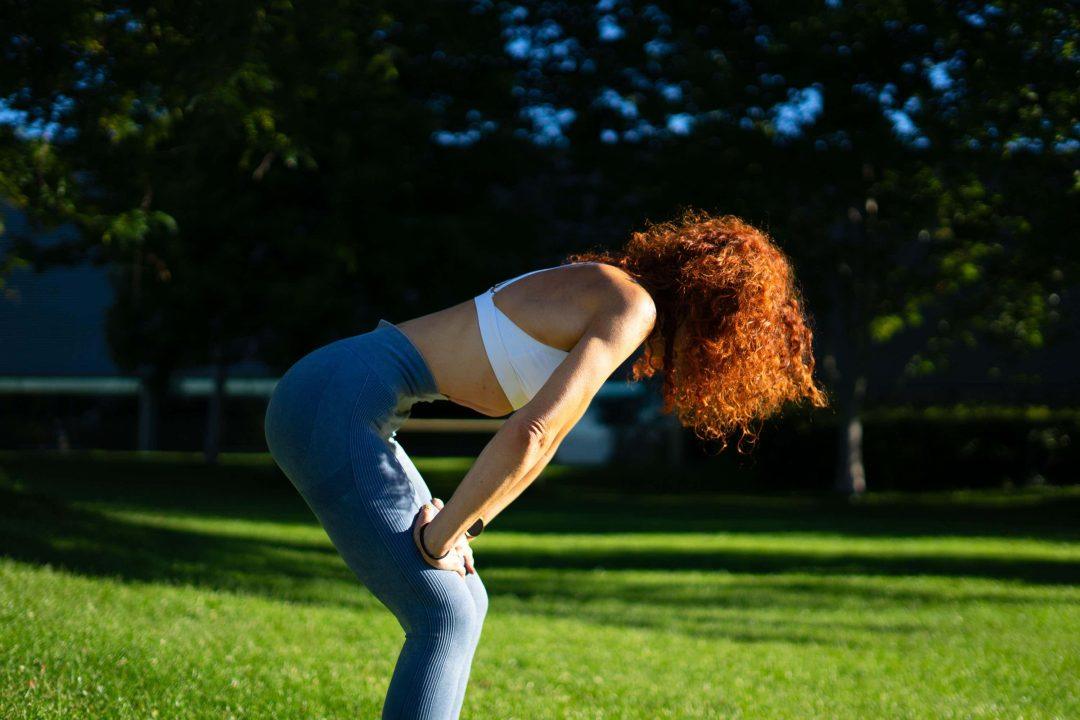 PA Media
PA Media
















